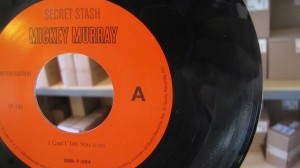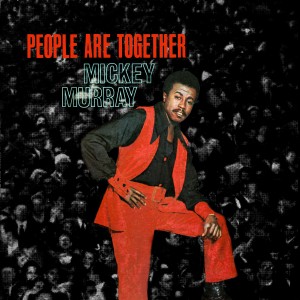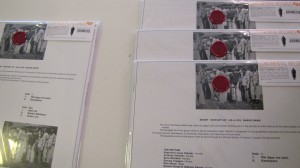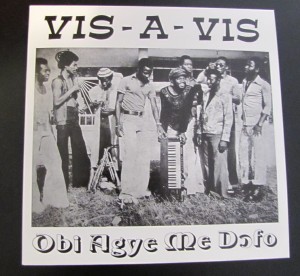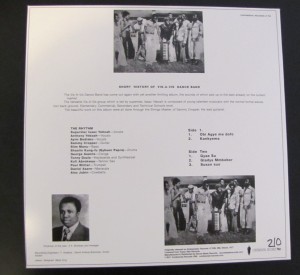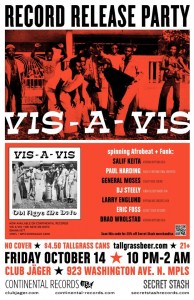Cumbia began as the musical folklore and dance celebrating the courtship between the indigenous people of Colombia and the newly arriving Africans being brought to the country. Not being embraced, and looked down on by people of social status, it remained among the lower class. Cumbia is an easy to groove to, two-step rhythm “which became a flexible platform upon which everything from Cuban guaracha to Andean huayño to Spanish criollo traditions could be stacked.”1 The unrefined and always evolving cumbia is seen as gritty, not music your grandmother wants you to be hearing.
Being the musical collaboration of multiple nations and ethnicities, cumbia’s rhythm invites the body to move and moves the soul; the challenge is to stay still. Cumbia cannot stay still either, its rhythm embraces new instruments to help move the rhythm. For instance, according to legend the accordion made its way into cumbia by way of a ship filled with accordions wrecking, washing the instruments on shore.
Enrique Delgado of Los Destellos heard the psychedelic sound waves of California’s surf guitar and rode the waves into the coast of Peru, resulting in Cumbia Peruana. The distinctive sound of Peruvian cumbia is like a storm crashing into the ears making waves throughout the body. Peruvian cumbia has a more suave sound than it’s Colombian predecessors, substituting the electric guitar and some funky reverb for the traditional horns and flutes. Delgado started a revolution of noise and a new generation is starting to take notice thanks to the progression of technology: blogs, online articles, youtube, etc.
Los Destellos’ album Constelación features heavy guitar rippling over traditional cumbia rhythm. So like a good surfer looking at the moon seeing what the tides will bring, look past the moon to the stars, to look at the constellations, and get lost in something out of this world.
-Paul
Secret Stash Intern

